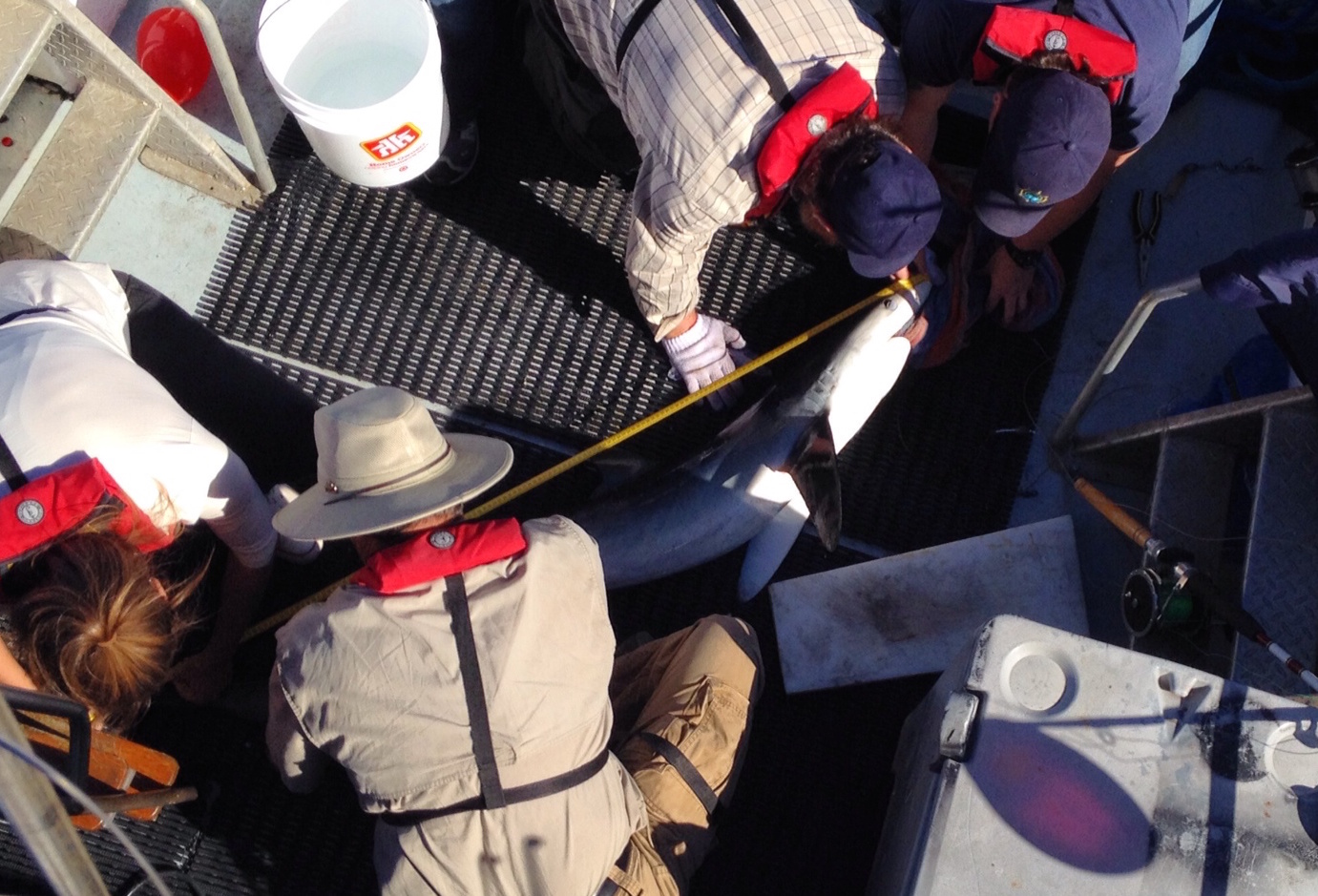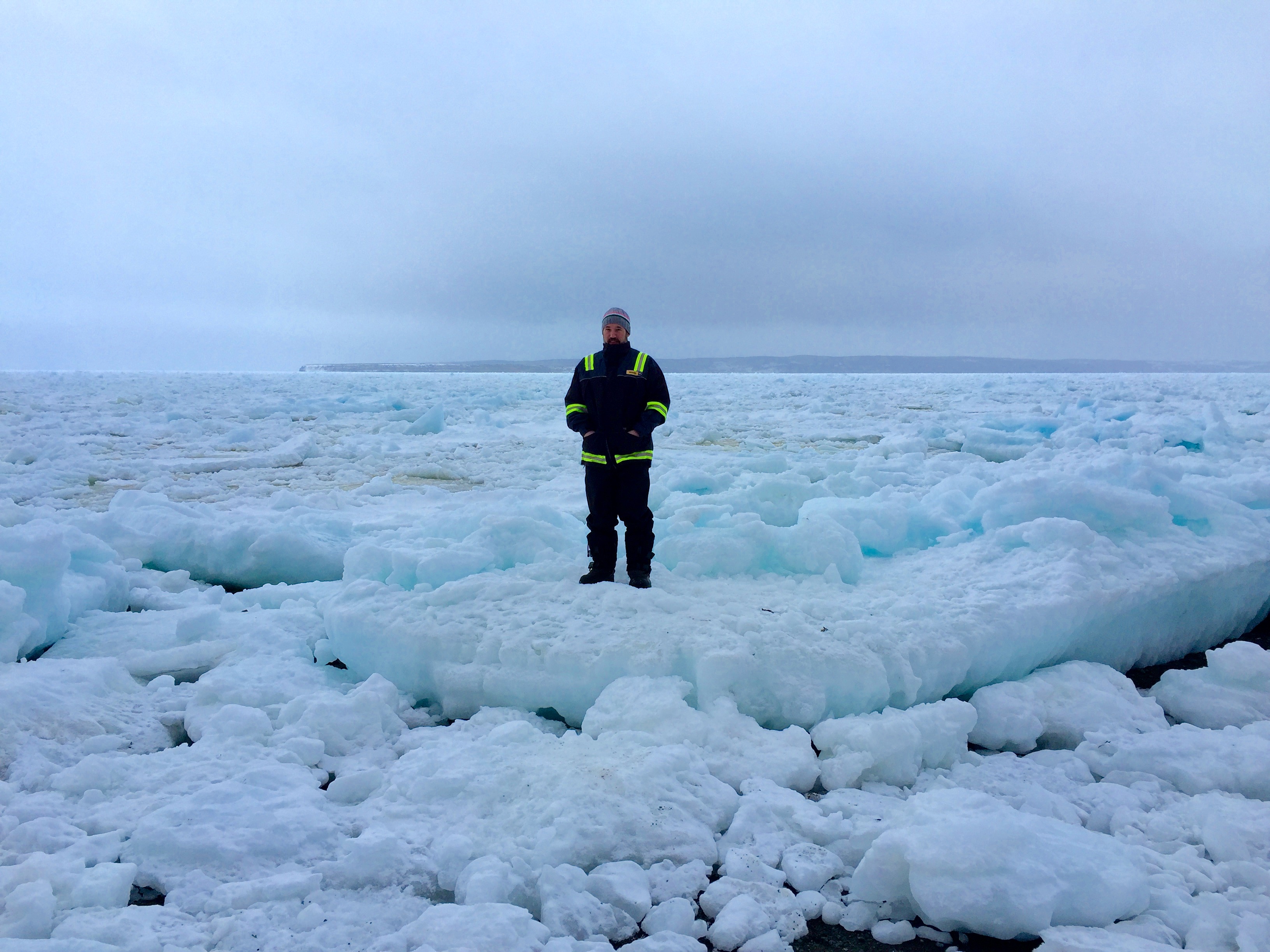Hello Everyone,
I’m Patrick Wells, one of the new student bloggers for the 2017-2018 academic year. I am a CFA (come from away) who was born in Lunenburg, Nova Scotia. I have a bachelors degree in Biology from St. Mary’s University and walked down the street to Dalhousie to get my Masters in Science and bachelors degree in Education. I am a teacher of 25-years and “own” a full-time position at Holy Spirit High School in CBS, NL. I am currently on education leave from my teaching position to pursue a graduate program at Memorial. My family, my partner Ann-Marie, and three offspring (Jordan, Emily, and Matthew) know me well and are supportive of my return to university. Some people think I’m irrational for taking on a PhD at this point in my life. My blog will try to explain my unconventional return to academic life.
I am a second year PhD student in the Faculty of Education and am happy to be back in university. As a 51-year-old, I get a wide variety of reactions from people when they find out I’m back in school. Many a raised eyebrow, pause in conversations, and the bolder people ask, “Why in the world are you doing this?” The “why of it” is an excellent topic for a blog post.
I have been teaching high school science, mainly biology, for 25 years. The “return to university” reactions I get from people arise from the logic that would see me retire after 30 years, draw my pension, be happy and fade into the sunset. But I would not be happy, and I certainly don’t want to fade. Why not? Something happened to me a while back that changed me. Have you ever had something that bugs you? That “knowing” that irritates you, like a “hair in your eye.” So, where did that irritation start?
In 2007 I participated in professional development sessions designed and hosted by Dr. Karen Goodnough (MUN Faculty of Education). I intended to improve my teaching of genetics, however, Dr. Goodnough’s Action Research project created more questions than answers.
It started harmlessly enough. I visited the Faculty of Education and was introduced to the research team who taught me how to reflect on my teaching with Action Research. I soon realized the Action Research cycle and the time for reflection was a powerful form of self-investigation. My teacher research project fostered a deep introspection of my pedagogy. I examined my interactions with students, how I presented my lessons and the rationale of my pedagogical stance. I questioned the zeitgeist of teaching high school science. Unfortunately, the data I collected demonstrated that my perception was not my reality.
I thought I was doing a great job meeting the needs of my students. However, my Action Research cycle demonstrate that my instruction was teacher-centered, that I was a talking head, and the polite students were suffering in their desks. There goes happiness, right in the eye. This epiphany compelled to me to change.
Over the next eight years, I worked on my craft and slowly changed my pedagogical stance to develop and include more student-centered teaching strategies. While the change increased my job satisfaction, the shift in my pedagogy brought forth unexpected tensions. The main one being that conducting student-centered lessons is challenging within a culture that pushes content and values testing. In that time of transition, I also experienced a shift in towards supporting other teachers, knowing how difficult their lives will become when they place students at the center of their learning; more on that later. I will explain why student-centered learning is challenging.
Student-centered learning means less PowerPoint (YES!), less “drill and fill” worksheets, more hands-on activities, more informal evaluation, and a change in classroom dynamics. The pedagogical change creates more work for the science teachers. Teaching science, teacher-centered, is not easy. In many schools we are the only teachers who maintain a class and a lab; that’s a lot of technical gear with extra preparation and responsibility. Safety is a “hair in the eye” concern in the high school lab, with your head on a swivel for activities that may involve expensive tools, acids, and bases. However, the most significant step in student-centered learning is changing the classroom dynamics by letting go.
To be a student-centered instructor, a teacher who is “the sage on the stage” must relinquish control of their lessons. The change allows students conducting activities to learn at their own pace, in their unique way, while the teacher facilitates. I liken this type of teaching to the job a waiter. To facilitate an enjoyable dining experience, a waiter must recommend the specials, get individual orders, coordinate with the chef and bartender, present the meals and drinks in a timely manner, all the while monitoring guests to ensure their satisfaction. Initially, I was not a good waiter (or teacher apparently), but I learned and improved myself. As a waiter this required time and support from the chef, maître de, and my manager. Being a waiter is complicated and requires quick decisions, coordination of many moving pieces, responding to people and personalities – quite similar to teaching in a student-centered classroom.
The complexity of student-centered teaching is why I believe science teachers need support, advocacy and professional development, as much of high school education is focused on the test scores to allow you to graduate – not the activities that teach you. I believe learning is getting lost in the numbers and that some students who need active-learning, which is a lot of us, are getting ground up Pink Floyd style to satisfy the needs of a test-driven culture. The Department of Education is changing, producing new curriculum documents committed to the student-centered ideal. However, many members of our society want more science subject content and the reification of a test score. I am not a number and leave them kids alone!
After the realization of how difficult a full commitment to student-centered learning would be, I started to share my new ideas with other teachers. I would network with teachers interested in student-inquiry, lead professional development projects, and share resources. Some of our projects were amazing. In partnership with Coastal Connections, OLP, and Conservation Corps, we took the high seas monitoring ocean water and even tagging sharks!

(Shark fishing and tagging with students in Conception Bay)
While these activities were supportive, I felt they did not meet the needs of many overworked high school educators. Again I reflected, asking new questions. What do high school science teachers need to meet their student-centered instructional needs? How can I support them? I decided the best route to helping science teachers was supporting their initial teacher-education and working with teachers as they conducted professional development. To do this, I felt the need to take my education to the next level, to involve myself in pre-service teacher education and conduct research to find better ways to support teachers’ knowledge growth. That’s why I’m here.
As a full-time teacher, I had doubts about leaving a great job and fantastic staff at Holy Spirit High School (using the logic above). My partner and family have been very supportive, and when I was accepted as a doctoral student, I was excited by the possibilities of learning from experts in the field. My first year courses and experiences were enlightening, expanding my horizons, and added more layers to my rationale for choosing an academic life. The direction of my research is taking shape and that “hair in my eye” still gets me out of bed in the morning. My project and interest in the ocean, which is easy to detect, is the topic of my next post.
Cheers,
~Pat
If you like the ocean, follow me! twitter: @science_pwells
